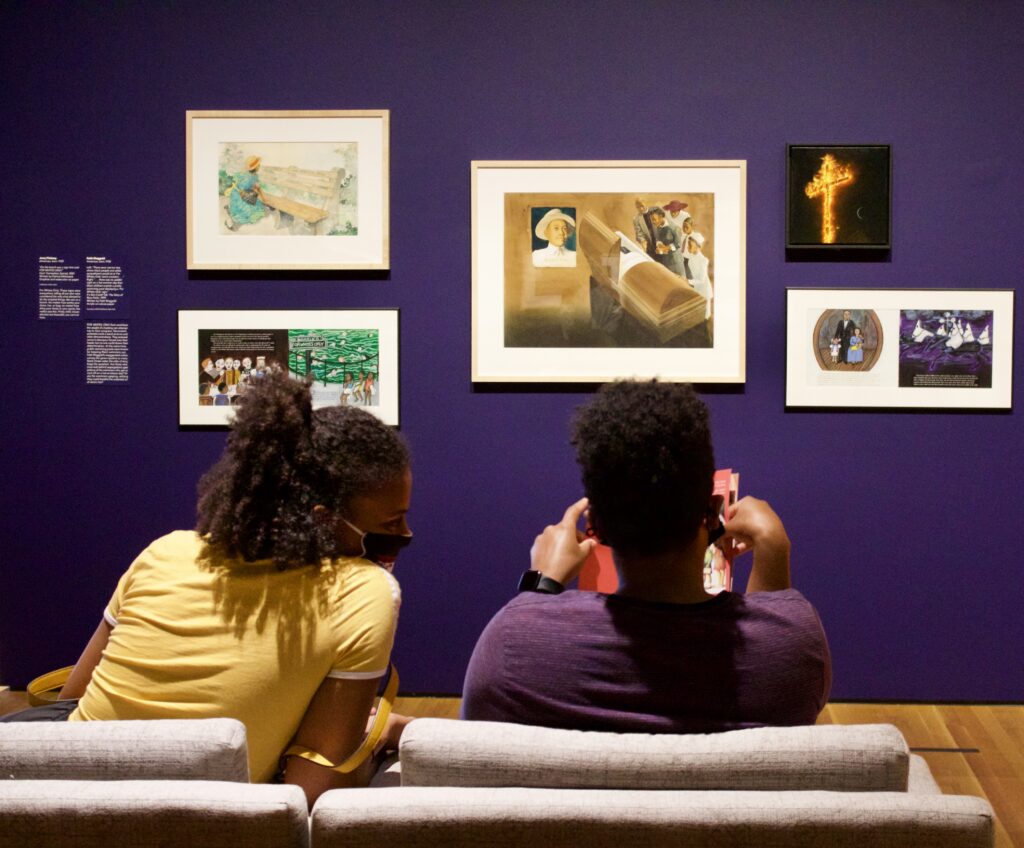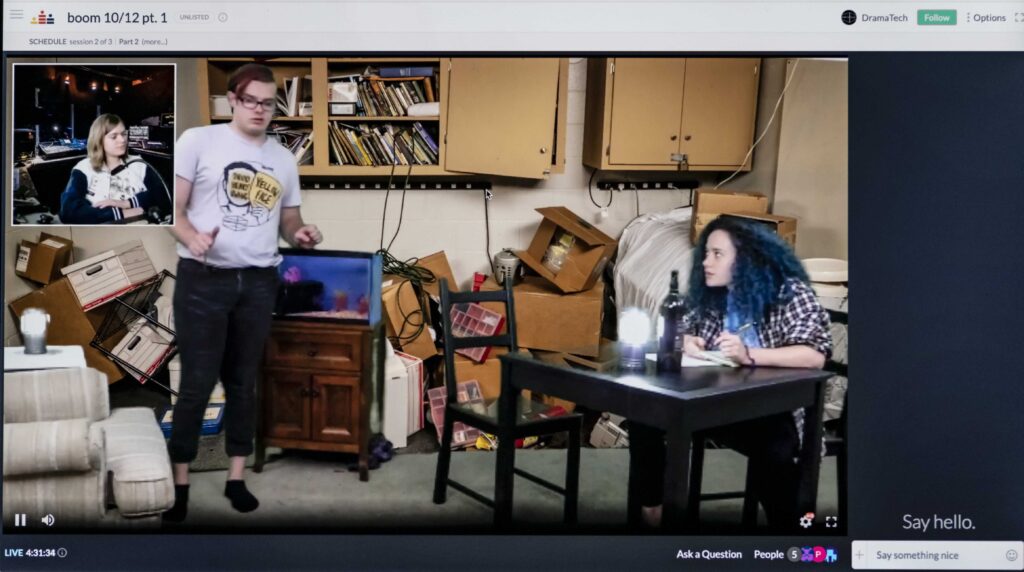
The High Museum of Art has been an Atlanta art staple since it opened its doors in 1905. Located on Peachtree Street, the museum is just a short walk, drive or MARTA ride from the Institute’s campus. Accordingly, it is a popular weekend spot for students to hang out with their friends and see hundreds of years worth of art from around the world.
Like many art venues in Atlanta, the museum had to close its doors to the public in March when the COVID-19 pandemic struck the United States, but enthusiastically reopened to the public on July 18 with social distancing and sanitizing guidelines to keep visitors safe.
In addition to the High’s expansive collection, there are also two traveling exhibitions on display now at the museum: “Picture the Dream: The Story of the Civil Rights Movement Through Children’s Books” and “Murmuration,” an outdoor mesh canopy inspired by Atlanta’s “city in a forest” energy.
“‘Picture the Dream’ is the first exhibition of its kind to delve into the events, people, and themes of the civil rights movement through the children’s picture book,” the High’s website reads. “Picture books are one of the most compelling forms of visual expression, and this exhibition showcases them as an effective bridge between art and storytelling, championing aspects of the movement that are both celebrated and forgotten.”
During the second Sunday of each month, the High offers free admission to the museum to members of the public, including Tech students.
Abby Durgin, first-year MSE, took advantage of this opportunity last week to see the High. Durgin moved to Atlanta from Maine this past August, and last Sunday was her very first visit to the High.
“I’ve been to art museums back home, and that was a piece appreciating the arts in my home, so it was really nice to experience Atlanta’s version of that, and I think it made it feel a little home,” Durgin said. “I feel like I’m more of an Atlantan now.”
The exhibit that stood out the most to Durgin was “Picture the Dream.”
“There was a ton of different kinds of art; there were actually some excerpts from the graphic novel “March” by John Lewis, which I actually read in high school,” Durgin said. “It was super moving, and I thought it was really well done, and I thought it was a nice broad representation of a lot of different aspects of the civil rights movement.”
Matthew Morano, first-year BIO, was also deeply affected by “Picture the Dream” and found it to be extremely relevant with the ongoing Black Lives Matter movement across the country.
“What’s happening today is our version of [the civil rights movement],” Morano said. “The fight is still going on. It’s just changed, and the exhibit really highlights how we’re still fighting, but it’s new, and we’re dealing with it. We’re changing the world.”
Durgin and Morano also took time to view the other traveling exhibition, “Murmuration,” on display directly outside of the front entrance to the High.
The piece was Durgin’s first sighting at the museum, and it informed her that she was in the right place. She was impressed by the functionality of the exhibit, and the mesh material of the sculpture gave her the urge to climb.
Morano, however, was less influenced by the piece.
“My first impression was that it did not elevate my mind to new perspectives on art, as other pieces have done so before,” he said.
Despite their differences, both students enjoyed their time at the museum, even with an altered experience due to the pandemic. The High has been limiting the amount of visitors allowed into the museum at one time and taking the time to sanitize the space in order to keep their guests safe.
“There wasn’t much in the way of social distancing circles or people regulating [social distancing],” Durgin said. “There wasn’t really any enforced or clearly organized social distancing. [However,] I felt comfortable, because everyone was keeping their distance and because there were few enough people, most of the time it was manageable.”
Amidst changing academic and social experiences, students have been clinging to glimpses of normalcy, such as trips outside of campus and visits to the museum.
The High is open from 10 a.m. to 5 p.m. on Tuesday through Saturday and from 12 p.m. to 5 p.m. on Sunday. Every guest is required to reserve timed tickets and wear a mask. The next second Sunday will occur on Oct. 11.
“Picture the Dream” runs through Nov. 8; “Murmation” runs through Nov. 29. Tickets can be reserved or purchased through the High Museum’s website.



